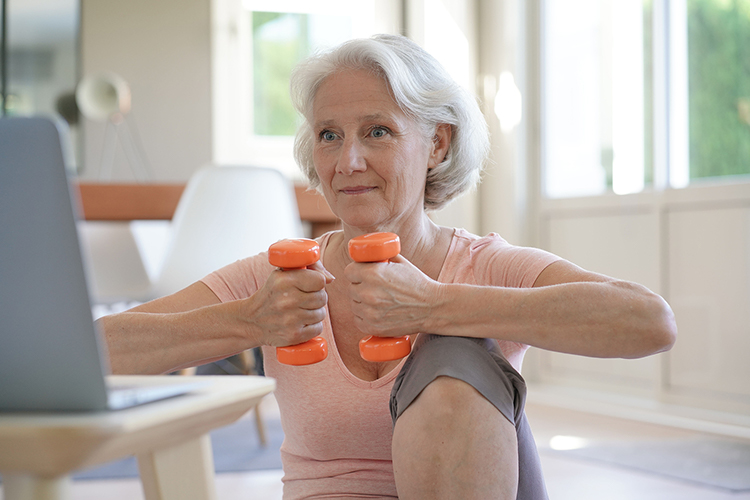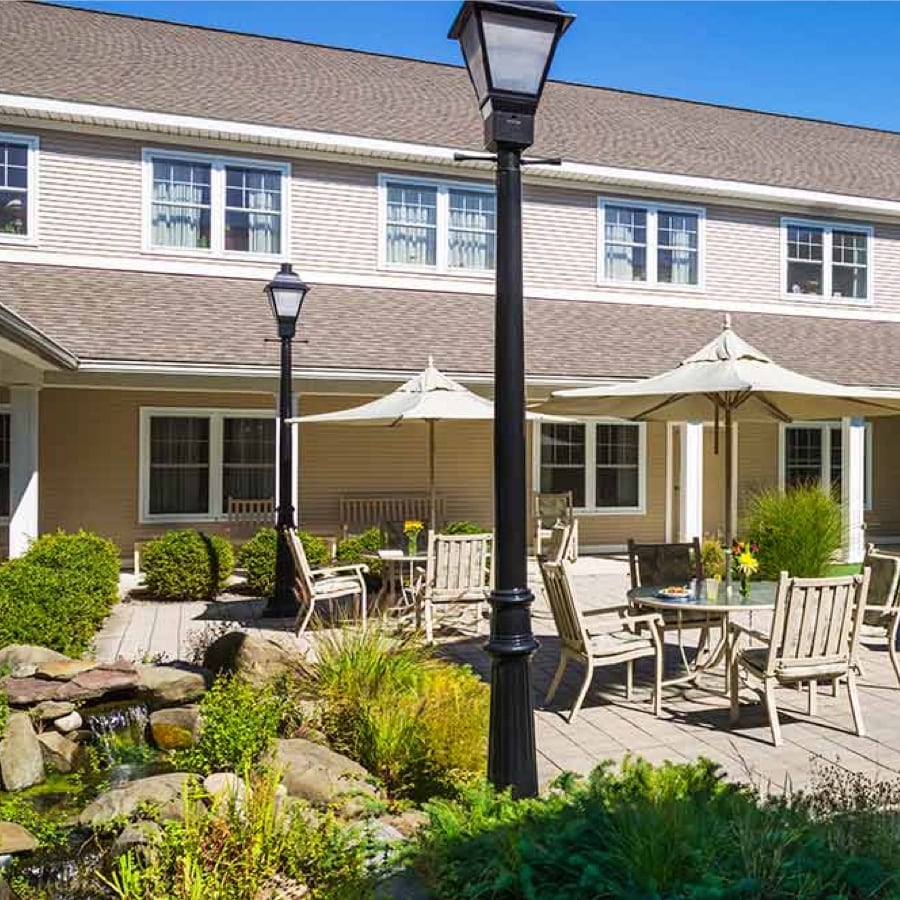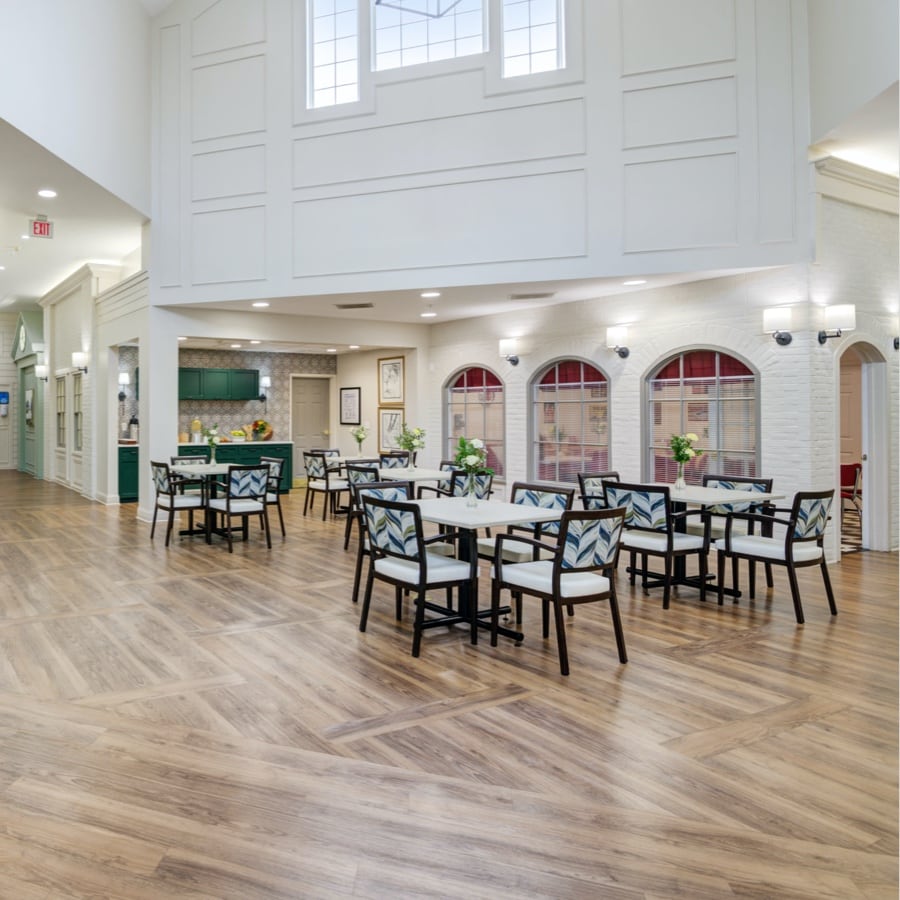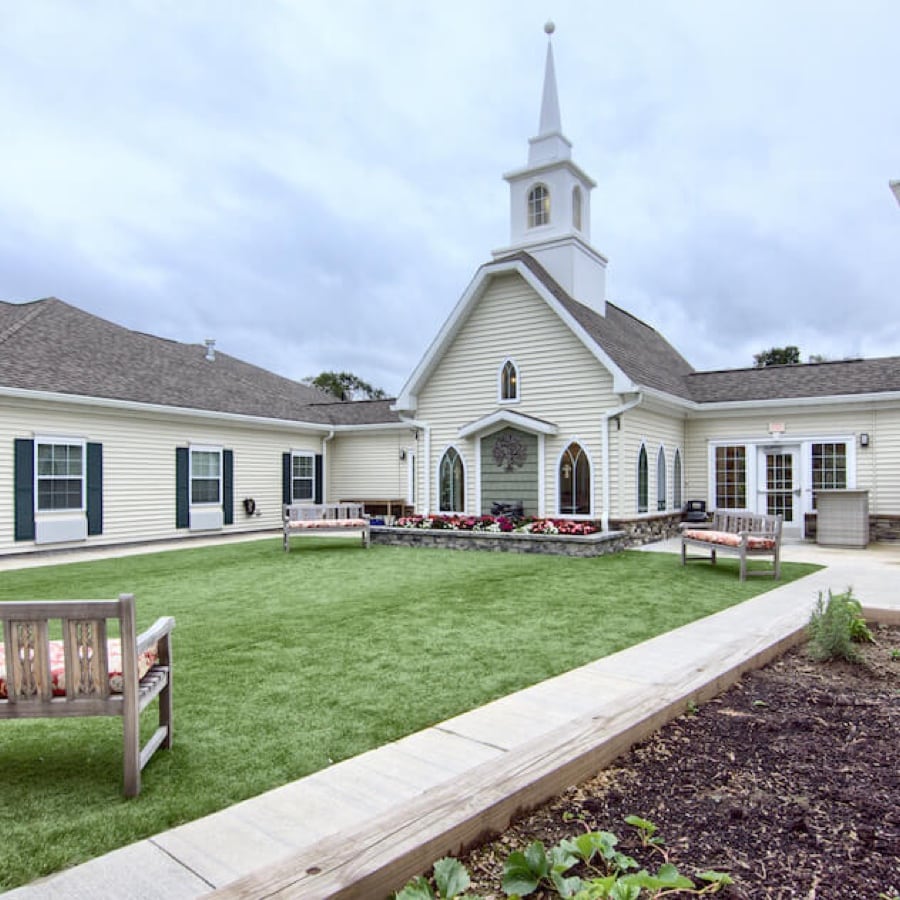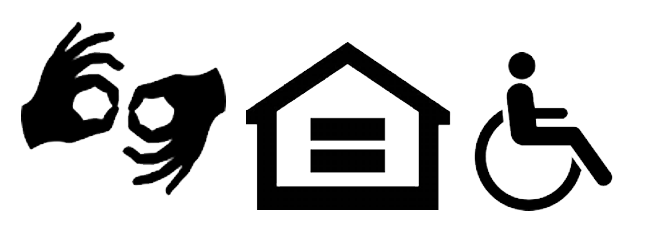Summer is on the horizon, and you might be thinking it’s a great time to jump back into a fitness regimen or maybe start something new. But before you start moving too fast, it’s a good idea to think about how to ramp up your physical activity again in a way that you can sustain and enjoy.
Fitness for seniors: how much do you really need?
The good news is, you don’t have to run a marathon to realize important health benefits. And you don’t have to make it complicated: one way to stay on track is to write down the time you begin and end an exercise session each day, so you can tally your time later.
According to Physical Activity Guidelines for Americans:
- Every little bit helps. Some physical activity is better than none. Adults who sit less and do any amount of moderate-to-vigorous physical activity gain some health benefits.
- For substantial health benefits:
- 150 minutes (2 hours and 30 minutes) to 300 minutes (5 hours) a week of moderate-intensity, or
- 75 minutes (1 hour and 15 minutes) to 150 minutes (2 hours and 30 minutes) a week of vigorous-intensity aerobic physical activity, or
- An equivalent combination of moderate- and vigorous-intensity aerobic activity. Preferably, aerobic activity should be spread throughout the week.
Pacing yourself: fitness for seniors.
Slow and steady wins the race—it’s an adage that holds a lot of truth. You want to progress gradually, and safely, and you want to enjoy what you’re doing.
- Talk with your doctor first before beginning a new fitness program if you have a specific health concern. Always be aware of how you are feeling as you exercise and if anything doesn’t seem right, stop and let someone know you need a break.
- Begin with easy goals, like just finding out what time a class meets, asking a friend to join you, or making sure you have comfortable shoes and workout clothes. Such simple steps can get you in the right mindset.
- Start slow with low-intensity exercises. Warm up, stretch, cool down. Stretching, along with cardio and strength workouts, keeps your joints supple and flexible. It’s also relaxing and reduces stress, making it one of the more enjoyable ways to move your body each day.
- Add some cardio which protects the body against a variety of problems, especially those that can occur as we age, such as weight gain, heart disease, diabetes and certain types of cancer. Hop on a treadmill, ride a bicycle (or stationary bike), walk briskly, or mix in some walking and running.
- Work on your balance. Being able to get out of a car, stepping in and out of a shower, walking up and down steps…all times when steady balance comes in handy. Try holding onto a chair and then standing on one leg, gradually working up to letting go of the chair and see if you can increase your time. Some simple yoga moves can also help. Good balance is a key aspect of fitness for seniors.
- Stay hydrated. Drink water before, during and after your exercise session, even if you don’t feel thirsty. Try to limit caffeine and alcohol which can lead to dehydration.
- Exercise with friends. Starting a new fitness regimen, staying motivated and keeping on track—it’s all so much easier when you’re sharing the challenge with others who have the same goals. In a senior living community, you’re not only surrounded by peers eager for a higher level of wellness, you have access to a range of fitness classes, exercise equipment, and professional assistance for experts in senior fitness.
You’re set up to succeed—which is what good fitness for seniors is all about—and have an even healthier “good ole summertime!”
At Peregrine Senior Living, you’ll find lots of ways to experience a greater sense of purpose and fulfillment. Download our free Motivated Living Blue Zones guide. Learn more about The Peregrine Way™. Contact us today.

